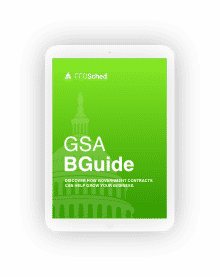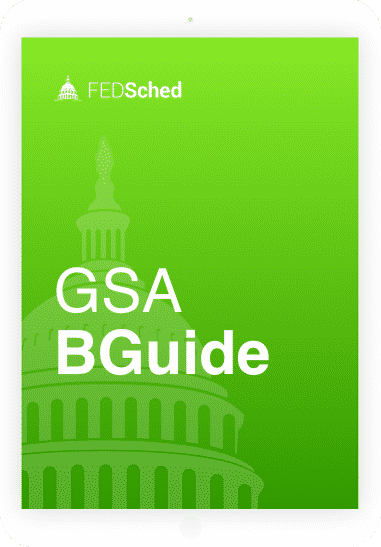Communication & Defined Roles
Ensuring effective communication and having defined roles among CTA members is paramount. To keep clear lines of communication, a CTA teaming agreement should identify each team member’s role and responsibility for the work being performed at the order level. Keep in mind, these roles and responsibilities are defined by the team, and not the government. A team lead should be designated whenever a CTA is formed, to delegate tasks. Typically, the team lead will be the company/individual who initiates the CTA and will serve as the buyer’s main point of contact. If the team collectively decides to serve one invoice, the team lead will be responsible for this.
Financial Details
While it is strongly advised that separate payments be made directly to each team member, members may decide to have the buyer submit one payment to the team lead, who is then responsible for distributing the payment. It is important to track sales under your CTA because each Contractor is responsible for reporting sales and remitting the appropriate Industrial Funding Fee (IFF) for products/services provided under its GSA MAS Contract regardless of the CTA’s invoicing and payment structure.
Socio-Economic Status
Know the socioeconomic status of each CTA member. Keep in mind, if you are entering into CTA to compete for a small business set-aside, the limitations on subcontracting (FAR 52.219-14) apply. This includes the requirement that the small business team member(s) perform at least 50% of the work.
Responsibilities
Each team member is held responsible for their offerings and performance under the contract. While a team member may subcontract work under their GSA Contract as part of the CTA, the subcontractor will not be considered a team member, and the subcontractor’s performance will be the responsibility of the GSA Contract holder.
It is also important to note, each CTA member is governed by their respective GSA MAS Contract, meaning products and services offered through the CTA are held to the same pricing, terms, and conditions of their GSA MAS Contract.
RFQ Response
Request for Quotation (RFQ) responses should clearly state that a “Contractor Team Arrangement” is being proposed to fulfill the RFQ. While it may not be required, you should always include the CTA document in such response.


